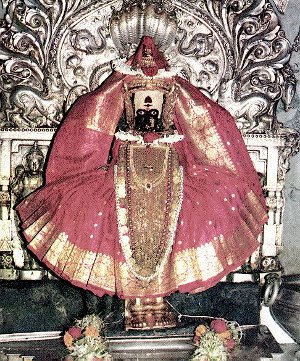
The five books of APHRODITE that describe places (Arizona, India, Thailand, Scandinavia and China) in greatest detail extend MM’s epic geographically. The four intercalated books governed by hypertexts, that is, by hovering objects of imitation (Cervantes, Spenser, Dante, Ovid and their masterworks) extend it historically. We had seen how Homer figures variously in Each, Second and Every. Divine imitates not only the person of Dante (as Possibly, the person of Cervantes), it also imitates his Divina Commedia in its tripartite infernal, purgatorial and paradisal structure, whose last two cantiche invoke as well the examples of the greatest Italian poet’s two principal continuators, Ariosto and Tasso (their historical order reversed, so that Tasso may stand for the purgatorial and Ariosto for the paradisal). The first half of the book is set in Rome, the third quarter, in Siena, Bologna and Ferrara, the fourth, in Venice, Verona and Florence, before MM returns to the capital for conversation with three students on the topic of Rome’s future. Like that of Dante, his method in Divine is allegorical. Before leaving for Italy he had schematized the seven famous northern cities (along with Rome, first and last) as Luxuria, Austeritas, Sapientia, Juventa, Voluptas, Imperium, Clementia and Aeternitas. Like the seven gods who preside over the Sentence, these eight allegorical figures rule Divine.
The full text of Divine
Frank W. Stevenson, "Focus and Transfiguration in Divine" (PDF), from Chaos and Cosmos in Morrison's Sentence of the Gods